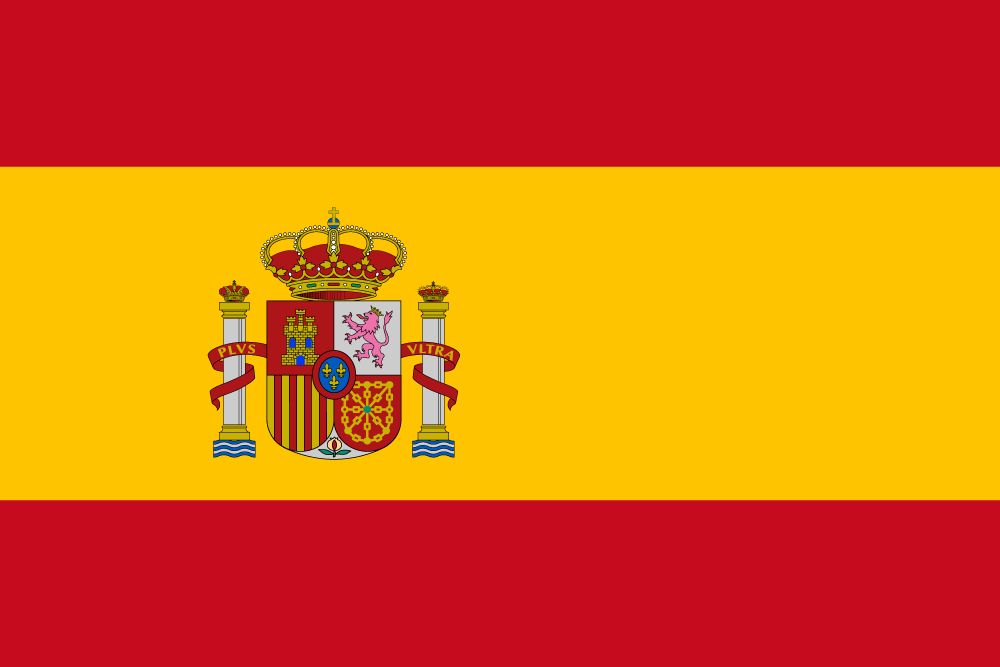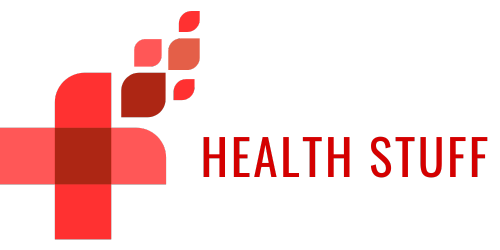The benefits for the medical professional and the medical offer of the health center of having Patricia by Eniax
Patricia in Healthcare
The healthcare industry is continually introducing new and innovative solutions through digitalization and technology. Natural language processing engines such as Patricia by Eniax have started revolutionizing the ways in which health clinics communicate with patients and provide their medical offers. This has brought many improvements and solutions for some of the most common problems in healthcare systems today such as no-shows, communication, scheduling, and long waiting times.
Easier data analysis and extraction with NLP engine AI such as Patricia
Natural language processing engines or NLP for short, have an immense ability to analyze, interpret, and generate text-based data. Using NLP and machine-learning technologies, NLP engines can analyze and extract relevant information from vast amounts of data. How does this help medical personnel and health centers in general? Well, many different clinical documents, such as medical notes, reports, and transcripts, require careful reading and storage. However, with AI, the data can be extracted from these documents quickly and accurately.
So, by gathering data and essentially streamlining processes of patient data, including diagnoses, treatment plans, medications, and lab results, NLP AI such as Patricia has the ability to save a lot of time for medical professionals. The data analysis also helps clinics obtain valuable information on which area they need to work on. NLP algorithms can assist researchers and data analysts in identifying certain patterns.
Greater and more personalized patient engagement and communication
NLP technology is known for its ability to utilize normal human communication that feels natural and is almost indistinguishable from real-life communication. Patient engagement and communication are crucial in healthcare. AI such as Patricia can help in this segment as well. For starters, using the NLP engine, Patricia is trained with millions of cases, taught to speak multiple languages, and built to learn from each conversation. By using all of this, NLP engines can facilitate natural language interactions between patients and healthcare systems.
Patricia, as a virtual health assistant, aside from many administrative tasks, has the main role of dealing with patients on a daily basis. With well-known benefits such as 24/7 availability and the ability to communicate with multiple patients at once, this kind of AI already surpasses regular call centers. Patricia can truly understand patients' inquiries, provide responses, and offer guidance on basic medical questions, appointment scheduling, medication reminders, and post-care instructions. All of this is done instantly as soon as the patient engages in communication using the digital app or via E-mail or WhatsApp for example. Patricia learns from conversations, as mentioned above, and through an enormous number of data available from each interaction, builds a stronger and more natural communication ability. Furthermore, Patricia approaches each patient differently based on their needs and requirements as well as the overall healthcare journey and response time. All of this allows for more personalized care.
How does all of this benefit medical professionals and medical offers? Basically, Patricia enables clinics to present their medical offer in a more sophisticated manner that can be easily accessed. Patients, even those living in remote areas, can now engage in communication with their healthcare providers at any time from the comfort of their homes and without having to wait in long queues through a call center.
Faster scheduling, lower waiting times, and accurate information delivery
Finally, one of the biggest benefits for the medical professional and the medical offer of the health center of having Patricia by Eniax is also faster scheduling through the use of various digital apps and tools. Once implemented, AI such as Patricia will be able to receive more patients and provide confirmation options for schedules and react right away when there is a cancellation in order to fill in the spot for another patient and reduce no-shows. In addition to this, Patricia also lowers waiting times as now more patients can communicate instead of having to wait for a free agent at a call center. Finally, information delivery is another key point in healthcare. Patients need to receive information regarding their healthcare journey on time and accurately. Patricia offers exactly that. Safe, quick, and accurate delivery of information is enabled once AI such as Patricia has been implemented in a health center.
Conclusion
To sum up, Patricia introduces many innovative solutions to some of the most frequent problems that health clinics face. AI is slowly becoming the future of many industries and this includes the healthcare industry as well. With further digitalization and constant development of technologies such as NLP and machine learning, AI is becoming more powerful and provides more uses in healthcare to relieve the medical staff and provide better and new solutions for faster communication with patients and a more accurate information delivery followed by lower waiting times, improved scheduling, lower numbers in patient no-shows, and overall, greater patient satisfaction.
 English
English Español
Español
